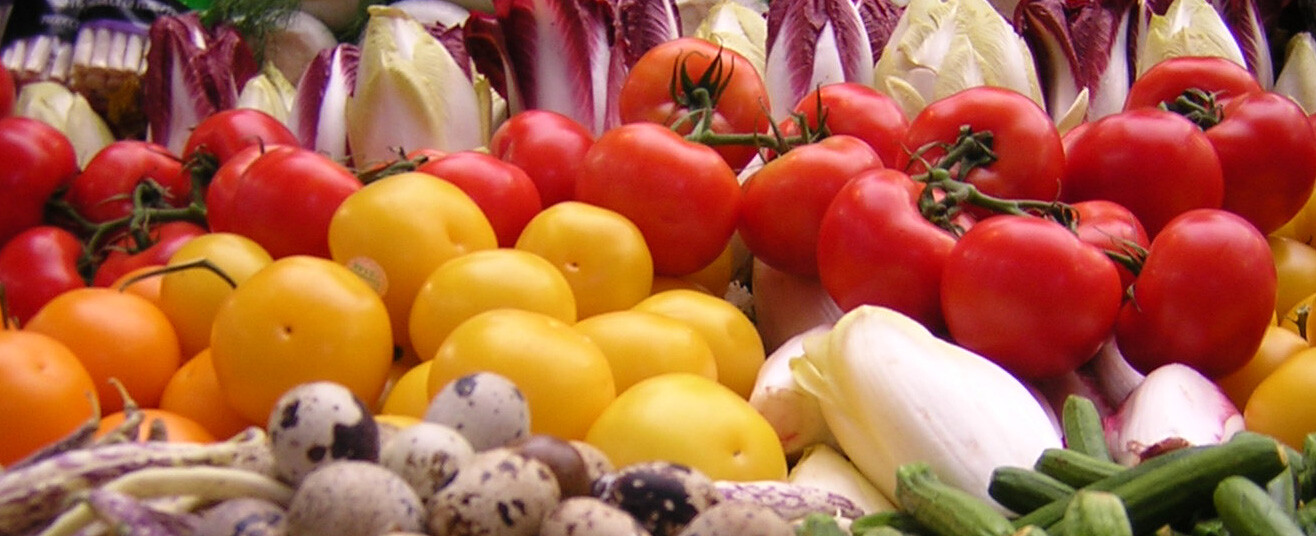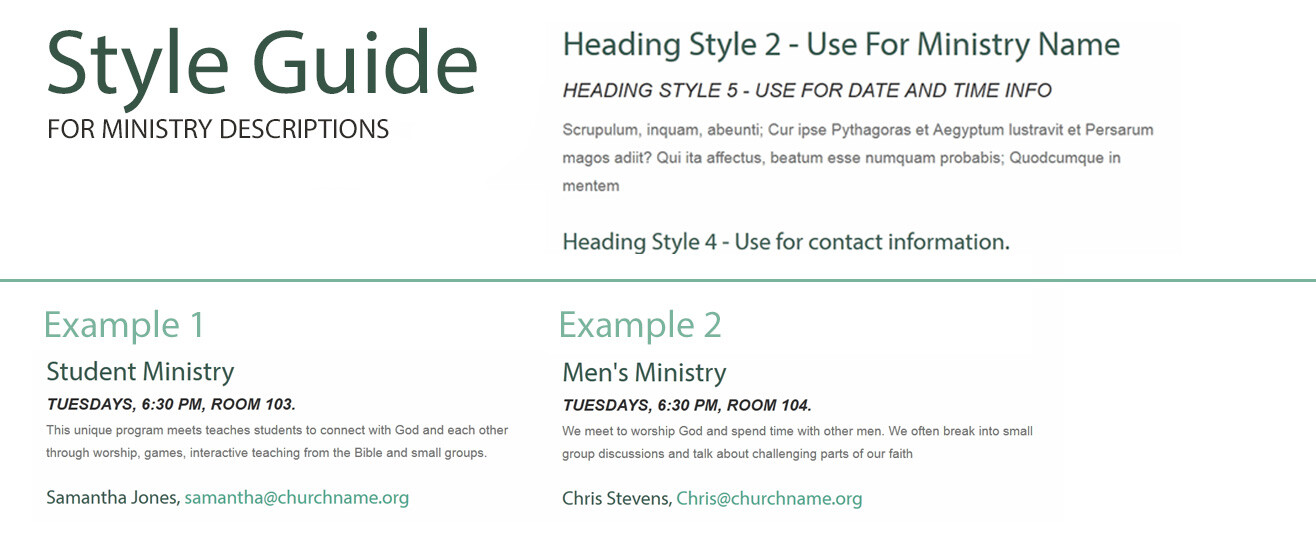Corporate HQ
Monk Development, Inc.
14488 Old Stage Road
Lenoir City, TN 37772
(877) 452-0015 Toll-Free
Support
Hours
8:00am - 5:00pm
Mon - Fri (CST)
Email
Submit a Request
Phone
1 (877) 452-0015 x2
Learn more about our support services.

Monk Development, Inc.
14488 Old Stage Road
Lenoir City, TN 37772
(877) 452-0015 Toll-Free
Hours
8:00am - 5:00pm
Mon - Fri (CST)
Email
Submit a Request
Phone
1 (877) 452-0015 x2
Learn more about our support services.

Imagine you're at a restaurant and you order your favorite barbecue burger. It comes out, but it looks and tastes nothing like it should. You ask them to remake it. Again it comes out and this time it has ketchup instead of barbecue sauce and it’s missing cheese. How would you feel?
Hungry, frustrated, upset, disappointed...?
Website content can be the same way. When we create content that’s inconsistent we leave our visitors feeling hungry, frustrated, and upset. So how do we start creating content that’s consistent?
In order to be consistent you need to have a recipe. Most people refer to this as a website style guide or outline. It should include everything that needs to be a part of your content, what order it all needs to be added, and how it should be add. Think of this recipe as a framework for your content. Without a recipe, your content will never be consistent.
Creating the recipe is where you should spend most of your time. Especially since it will be copied many times on your website. Below is a simple recipe for ministry descriptions, it is to be used anywhere a ministry is listed on the website.

Each recipe calls for certain ingredients. Think of these ingredients as the who, what, where, when, why, and how of your content. People expect this information to be included in the content you’re creating. If you don’t have it from the start, you’ll have a harder time ensuring it’s included later.
When you're gathering ingredients ask questions like: Who is this content for? What am I asking them to do? Are there any instructions on how I want them to do it?

This one could go without saying, but it's important to remember. If your recipe calls for dates to be italic, ensure they are across all pages. If your recipe calls for all headings to be h2 tags, make sure all headings use h2 tags. In the case below they’ve formatted the schedules to be consistent across pages.

If you have multiple people adding content to your website, make sure they know and follow the recipe. The high school page should have the same format as the children's page. They should look the same and the contact information should be in the same place.

This is where you check the quality of content. You're specifically looking for grammar and typos. Beyond this you’re making sure all the ingredients are in the correct order and format. This is the last chance to ensure your content is consistent.
Content that is consistent is easy to use and understand. People who visit multiple pages don’t have to worry about figuring out how to navigate and digest each page. Since all the content is consistent, people know how to find the information they need no matter what page they are on. Most importantly, people can focus on the content and not the inconsistencies.
Eagle Brook Church went through a Content Strategy process with Monk Development and you can see the difference. Between two pages there are 7 inconsistent in the content on just these two pages.


Creating content that helps you reach your goals can be a daunting task. Especially if you go it alone. Find out how AJ, our content strategist at MonkDev, can help you think through your content process.